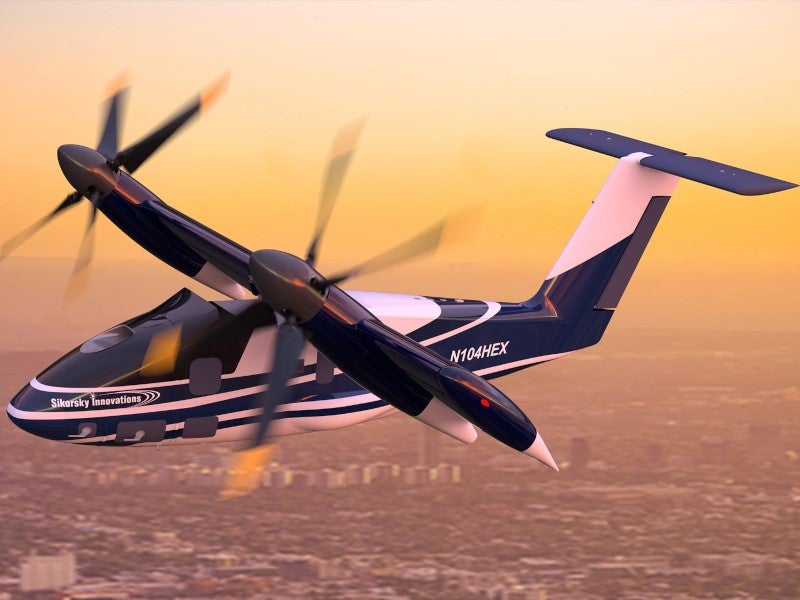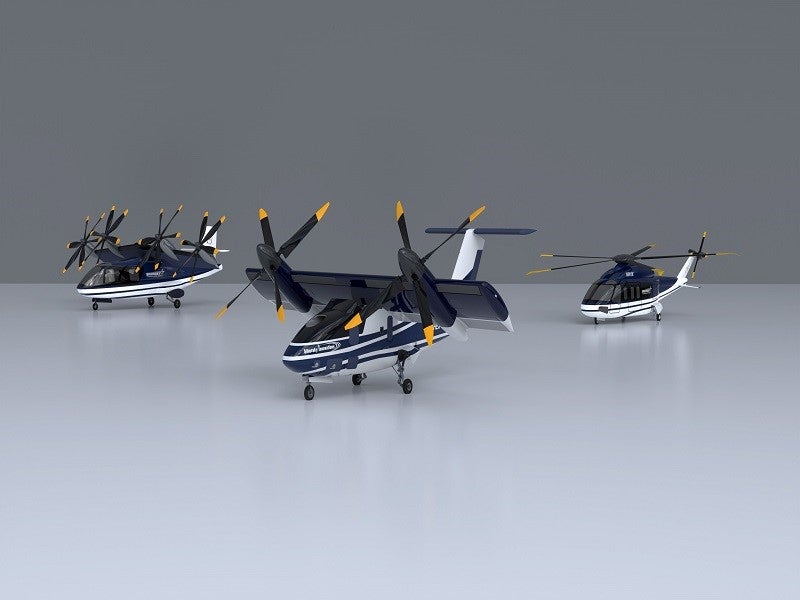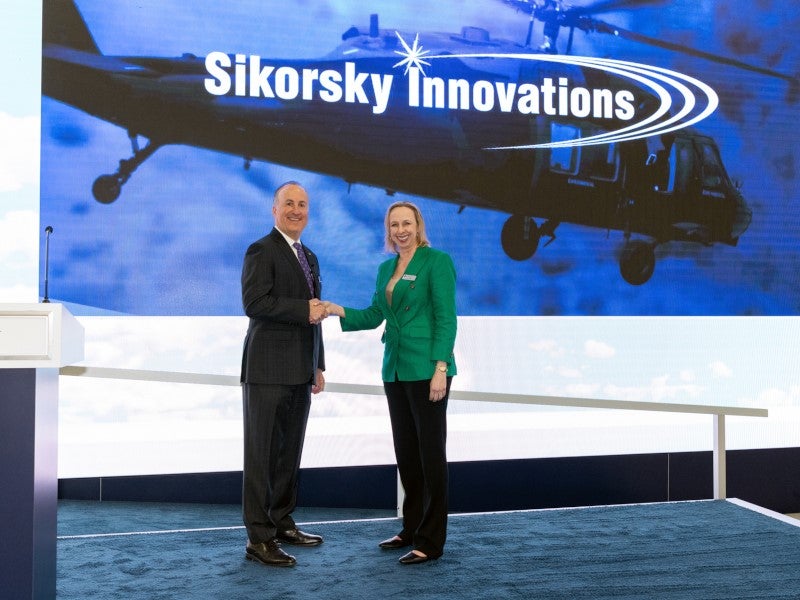The Hybrid-Electric Demonstrator (HEX) is a fully autonomous hybrid-electric vertical-take-off-and-landing (eVTOL) prototype being developed by Sikorsky, an aircraft manufacturer and subsidiary of Lockheed Martin.
The new uncrewed aircraft will serve as a flying testbed to evaluate large aircraft design, new propulsion systems, and control architectures for sustained hovering.
It will provide crucial insights into the capabilities of electric systems in VTOL aircraft.
Sikorsky first announced the development of the HEX eVTOL prototype in March 2023.
Subsequently, the company announced its plans to develop, test, and fly a HEX eVTOL featuring a tilt-wing design in February 2024.
The insights from the flight test programme and customer application evaluations of the HEX programme will enable the development of a range of eVTOL vehicles designed to carry passengers and payloads for both military and commercial purposes.
Hybrid-Electric Demonstrator eVTOL design and features
The HEX eVTOL boasts a maximum gross weight exceeding 9,000lb and a range of over 500nm. It features a 1.2MW-class turbogenerator along with related power electronics.
Led by Sikorsky’s rapid prototyping group Sikorsky Innovations, the HEX programme focuses on streamlining operations and reducing maintenance costs by employing fewer mechanical systems.
The team is dedicated to designing, building, and integrating the HEX airframe and electric motors with the company’s MATRIX autonomy flight control system.
The HEX aircraft will be controlled by the MATRIX autonomy system. The MATRIX system’s software, hardware, and sensors have demonstrated high flight reliability in low-altitude and obstacle-dense environments.
HEX eVTOL with tilt-wing design
The HEX eVTOL with tilt-wing design is the first in a series of large, next-generation VTOL aircraft, ranging from classic helicopters to winged configurations, which will feature different levels of electrification and advanced autonomy systems for optional piloting.
Sikorsky Innovations and GE Aerospace are in the final stages of designing a hybrid-electric power systems testbed incorporating a 600KW electric motor for the new aircraft design.
The testbed is the initial phase in assessing the hover performance of the next-generation HEX demonstrator.
Propulsion
GE Aerospace, a US-based aircraft engine supplier, agreed to provide a CT7 turboshaft engine for the HEX project.
The system builds on hybrid electric propulsion technologies that GE Aerospace is developing for Nasa and the US Army.
The CT7 is a modular engine designed for easy maintenance and lower operating costs, eliminating the need for time between overhauls.
The engines are certified to run on sustainable aviation fuels, which will help decrease dependence on fossil fuels.
In addition, CT7 engines can be maintained according to the situation.
Most line replaceable units can be changed in 15 minutes or less, without the need for module matching or test cell requirements. The engines also feature sealed sumps and bearings.
MATRIX autonomy flight control system details
The MATRIX technology is designed to support the execution of complex missions in low-altitude, obstacle-rich environments, or under degraded and uncertain conditions.
It helps utility helicopters resupply forward forces on future battlefields autonomously, without any human pilots or crew.
Sikorsky is using its Sikorsky Autonomy Research Aircraft to test and enhance MATRIX technology for optionally piloted flights.
MATRIX technology is key to DARPA’s Aircrew Labor In-cockpit Automation System project, a collaborative effort between Sikorsky and DARPA.
In the US Army’s Project Convergence 2022 exercise, a MATRIX-controlled Black Hawk helicopter, operated without pilots or crew and showcased its capability to perform optionally piloted resupply missions.






